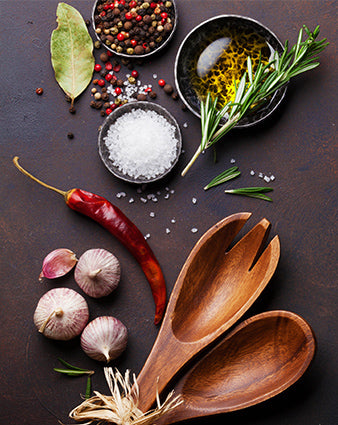From Seed-to-Snack: Sunflower Seed Farming 🌻
Hey there, sunflower enthusiasts! 🌻 Have you ever munched on a handful of sunflower seeds and wondered how these delightful little snacks made their way from a sunny field to your taste buds? Well, grab your sun hats and gardening gloves, because we’re about to take a fun-filled journey through the process of farming sunflower seeds!
Planting the Sunshine 🌞
Our adventure begins in the spring when the air is filled with the promise of warmer days. Sunflower farming kicks off with the planting of seeds. 
Farmers choose a sunny spot (sunflowers love the sun, obviously) and prepare the soil by tilling it to ensure it’s loose and well-drained. Next, they plant the seeds about an inch deep and a foot apart.
These seeds are the starting point of our sunflower story, but they hold a lot of potential!
Growing Tall and Proud 🌱
Once the seeds are nestled in the soil, it’s time for nature to work its magic. Sunflower seeds germinate quickly, usually within 7-10 days.
Soon, tiny green shoots push through the soil, reaching for the sky. Sunflowers are known for their impressive growth spurts—they can grow several feet tall in just a few weeks.
As they grow, their broad leaves soak up sunlight, fuelling the process of photosynthesis and helping the plant thrive.
The Sunflower Stage 🌻
As summer rolls in, sunflowers hit their stride. The plants develop large, round flower heads that follow the sun throughout the day, a phenomenon known as heliotropism.
This not only makes for a picturesque field but also maximizes the amount of sunlight each flower receives. The flower heads are actually made up of thousands of tiny florets, each capable of producing a seed.
By mid-summer, these golden giants stand tall and proud, creating a sea of yellow.
Pollination Party 🐝
Sunflowers are a hit at the local bee hangout!
Bees and other pollinators are drawn to the bright, open flowers, helping to transfer pollen from one floret to another.
This pollination is crucial as it leads to the development of seeds. Without our buzzing friends, those tasty sunflower seeds would never come to be.
Seed Maturation 👨🌾
After pollination, the sunflower heads start to fill with seeds...
As summer fades into fall, the flower heads begin to droop under the weight of the maturing seeds. Farmers keep a close eye on the plants during this time, waiting for the right moment to harvest.
The seeds need to reach full maturity to ensure the best flavour and nutritional value.
Harvest Time 🚜
Harvesting sunflower seeds is a bit like a grand finale. Farmers use specialized equipment to cut the sunflower heads from the stalks.
These heads are then left to dry, either on the plant or in a dry, well-ventilated area. Once dried, the seeds can be easily extracted by rubbing or threshing the flower heads.
Modern farms often use combine harvesters to streamline this process, separating the seeds from the flower heads efficiently.
From Field to Bag 🍴
After harvesting, the seeds undergo a cleaning process to remove any debris and ensure they’re ready for snacking.
They might be roasted, salted, or flavoured in various ways before being packaged.
Whether you enjoy them plain, salted, or as part of a trail mix, sunflower seeds undergo a meticulous process to ensure they reach you in perfect condition.
Enjoying the Fruits (or Seeds) of Labour
Now, the moment we’ve all been waiting for—snacking! Whether you crack them open one by one or pop a handful into your mouth, sunflower seeds offer a satisfying crunch and a boost of energy. They’re packed with nutrients like healthy fats, protein, and vitamins, making them a delicious and nutritious treat.







